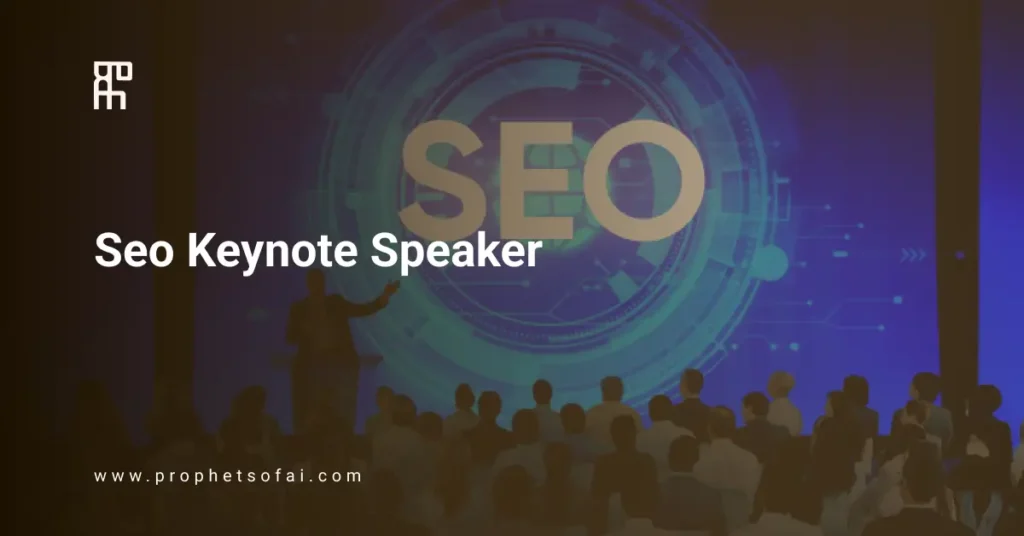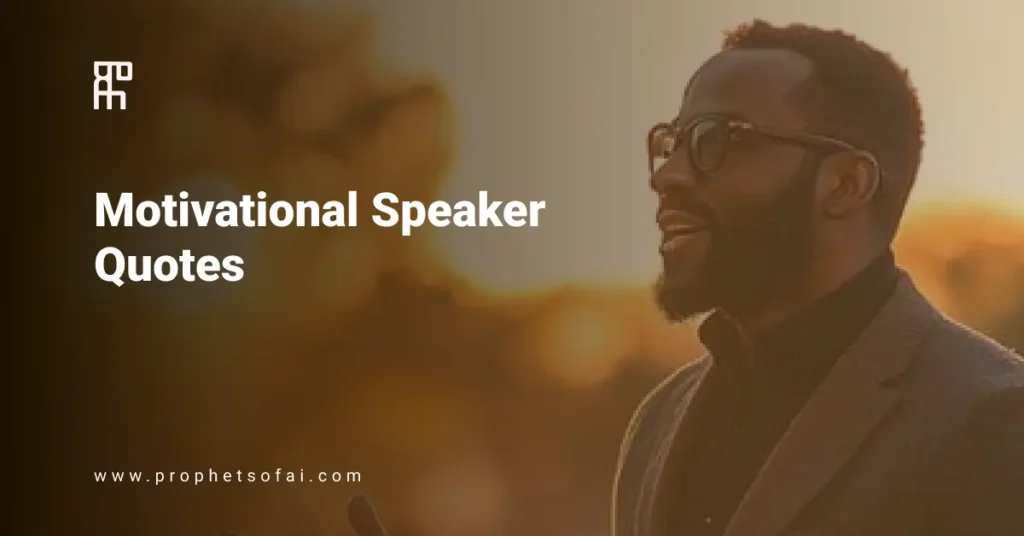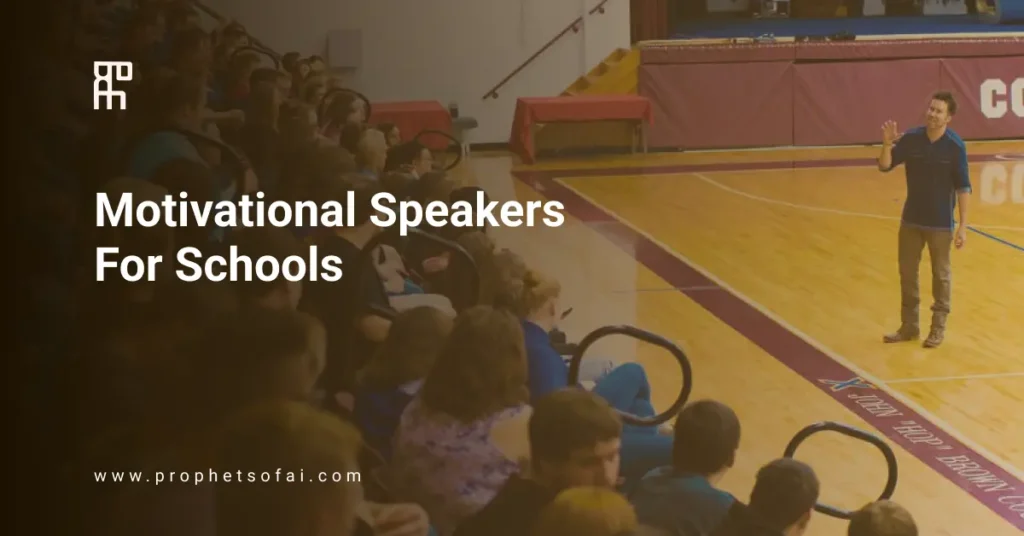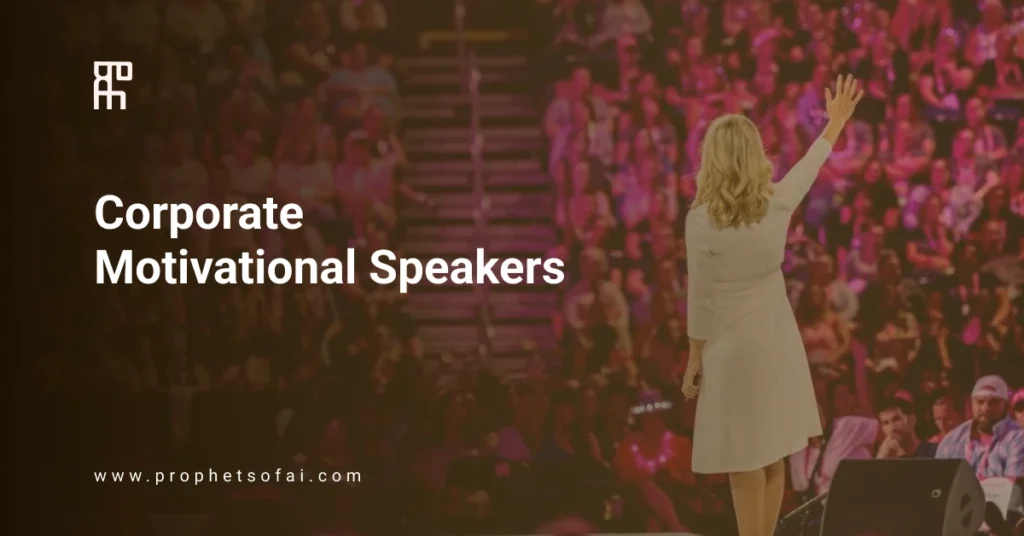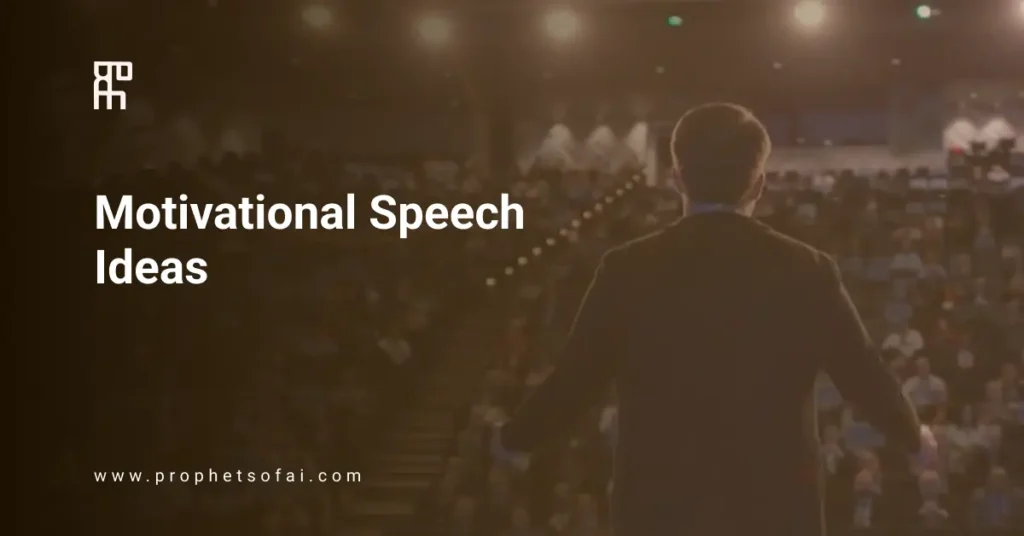Your carefully crafted 60-minute keynote just lost 40% of your virtual audience. They didn’t leave—they’re still on the call, cameras off, checking email while you talk. The problem isn’t your content. It’s your timing. What works in-person doesn’t translate to virtual events. Screen fatigue, endless distractions, and cognitive overload mean traditional keynote lengths fail online. Understanding the fundamental differences in virtual keynote vs in-person keynote helps explain why timing must adapt. So what’s the right length? Here’s the data-backed answer that will keep your audience engaged from start to finish.
1. The Short Answer: 30-45 Minutes Maximum
Research and real-world data consistently point to the same conclusion: virtual keynotes should last 30-45 minutes maximum, with 30-35 minutes being ideal for most contexts.
Why this timeframe works: It aligns with the natural limits of sustained virtual attention. Studies show that engagement in virtual settings drops by 50% after the 30-minute mark. By minute 40, you’re fighting an uphill battle.
The 20-minute drop-off: Audiences maintain strong focus for the first 20 minutes. After that, attention requires active re-engagement through interaction, visual variety, or format changes.
Compare this to in-person: A 60-minute in-person keynote works because physical presence, social accountability, and environmental immersion sustain attention. Virtual removes all three.
Exceptions exist: Highly interactive workshops with built-in breaks or multi-speaker formats can extend to 60 minutes. But for a single speaker delivering content? Stay under 45 minutes.
Bottom line: Half the length, double the impact.
2. Why Virtual Requires Shorter Keynotes
Virtual environments fundamentally change how audiences process information and maintain attention.
Screen fatigue is epidemic: Your attendees have already spent 4-6 hours in virtual meetings before your keynote. Their cognitive reserves are depleted.
Distractions are one click away: Email notifications, Slack messages, crying children, barking dogs—all competing for attention without the social pressure of a physical room keeping them focused.
Physical discomfort accumulates: Sitting in the same chair, staring at the same screen creates fatigue faster than moving through a physical venue.
Cognitive load increases: Processing information through screens requires more mental energy than in-person learning. The brain works harder to compensate for missing social cues and environmental context.
No accountability: Cameras off means attendees can multitask guilt-free. In-person events create social obligation to pay attention. Virtual removes that pressure entirely.
The comparison: A 60-minute in-person keynote feels engaging. The same 60 minutes virtually feels exhausting.
3. Factors That Influence Optimal Length
While 30-45 minutes is the baseline, several variables should inform your final decision.
Audience type matters: C-suite executives expect brevity and efficiency—aim for 25-35 minutes. Academic audiences may tolerate longer formats if content warrants it.
Time of day influences tolerance: Morning sessions can stretch slightly longer when energy is high. Afternoon keynotes should lean shorter as fatigue sets in.
Content complexity: Highly technical or data-heavy presentations need more time for comprehension. Balance depth with duration carefully.
Interactivity extends viable length: A 45-minute keynote with three interactive elements maintains engagement better than a 30-minute lecture with none.
Event format context: Standalone webinars should be shorter. Multi-session conferences allow slightly longer keynotes since variety provides natural breaks.
Geographic spread: International audiences joining at odd hours have lower energy—respect that with tighter timing.
The framework: Match length to your specific context, not industry habit or personal preference.
4. Recommended Lengths by Event Type
Different event formats demand different timing strategies. Here’s a practical guide:
Corporate webinar: 30-35 minutes. Busy professionals appreciate efficiency.
Conference keynote: 40-45 minutes. Part of a larger program, so balance impact with schedule flow.
Training/workshop session: 45-50 minutes with scheduled interaction breaks. Educational depth requires time but must include engagement.
Executive briefing: 25-30 minutes. Senior leaders expect concise, high-value content.
Sales kickoff: 35-40 minutes. Motivational content can sustain attention slightly longer.
Panel or fireside chat: 40-50 minutes. Multiple voices and conversational format naturally maintain interest better than monologues.
The pattern: Notice that even the longest recommendation caps at 50 minutes. Going beyond 60 minutes for any single-speaker virtual presentation almost always fails. Before determining timing, make sure you understand what does a keynote speaker do at your specific event type to set appropriate expectations.
Pro tip: When in doubt, go shorter. No one complains about a tight, valuable 30-minute keynote.
5. How to Structure Your Time Effectively
Maximize impact by structuring your keynote strategically within time constraints.
The 30-minute structure:
- Opening hook: 2-3 minutes (grab attention immediately).
- Core content: 20-22 minutes (main message and insights).
- Q&A/interaction: 5-8 minutes (engagement and clarification).
The 45-minute structure:
- Opening: 3-5 minutes (set context and expectations)
- Core content divided into 3 main points: 25-30 minutes
- Interactive element (poll, discussion): 5-7 minutes
- Q&A: 5-8 minutes
Pro tips for maintaining engagement:
- Build interaction every 10 minutes minimum—polls, questions, chat prompts
- Vary visual formats to prevent monotony—slides, video clips, screen shares
- Use chat strategically to create continuous micro-engagement
- Always end 5 minutes early rather than running over—respect builds goodwill
The rule: Structure creates freedom. Know exactly what happens when, and your timing becomes effortless. Learn more about comprehensive planning in our guide on how to prepare for a keynote speech to ensure your virtual presentation is properly structured.
6. Signs Your Keynote Is Too Long
Pay attention to these red flags that indicate you’ve exceeded optimal length:
Engagement metrics drop: Chat activity slows dramatically, poll responses decrease, or the energy in comments fades.
Attendee count declines mid-session: People quietly drop off the call without explanation.
Questions become generic: When audience questions shift from specific content to vague topics, you’ve lost them.
Post-event feedback mentions length: “Great content but too long” is a clear signal.
You’re rushing through final slides: If you’re speeding up to finish on time, you planned too much content.
The fix: Edit ruthlessly before the event. Cut 20% of your content and add interactive elements instead. Quality trumps quantity every time.
7. When You Can Go Longer (The Exceptions)
While 30-45 minutes is the rule, some scenarios support longer formats.
60+ minutes works when:
Highly interactive workshop format: Continuous engagement through exercises, breakouts, and activities.
- Built-in breaks every 20 minutes: Scheduled pauses let audiences reset attention.
- Multiple speakers or varied formats: Switching voices and presentation styles maintains interest.
- Deep-dive expectations: Audience specifically signed up for comprehensive training or masterclass.
- High entertainment value: Exceptional storytellers can hold attention longer through narrative.
Critical rule: If extending beyond 45 minutes, segment the content into distinct chapters with clear transitions. Never deliver a 60-minute monologue. For hybrid events that combine virtual and in-person audiences, review our hybrid event keynote speaker tips for managing timing across both formats.
Conclusion
Virtual keynotes demand different timing than in-person events. The sweet spot is 30-45 minutes—short enough to maintain attention, long enough to deliver real value. Quality always beats quantity. Respect your audience’s screen fatigue, cut ruthlessly, and prioritize engagement over coverage.
At Prophets of AI, our speakers master virtual timing, delivering maximum impact in optimal timeframes.
Book an AI keynote speaker who understands virtual engagement.
Need timing guidance for your event? Our team provides format consultation.
